How Covid killed Australia’s productivity performance
Many of us love working from home, but experts warn there may be an economic price to pay for all that freedom.
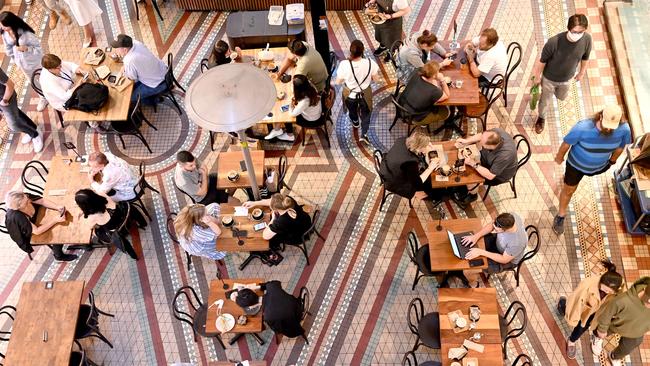
Australia’s world-beating economic performance through the pandemic has been driven by more people working more hours.
Yet even as the economy has blossomed and the jobs market has boomed since the end of lockdowns, our productivity performance has flatlined. Worse, last year productivity contracted at the second fastest pace on record.
It’s not enough to be working harder, we need to be working smarter. If we don’t, our wages will be lower than they should be, our national debt higher, and our mortgage rates higher.
Those were the confronting messages from top economic officials at Treasury and the Reserve Bank last week.
In fact, RBA board minutes from the May meeting that delivered a surprise rate hike reveal the decision was partly the result of the central bank becoming increasingly worried that stagnating productivity could force employers to pass on a higher proportion of their climbing labour costs to customers through higher prices.
Minutes from that board meeting, released on Tuesday, said “members observed that the forecast for inflation to return to the top of the target band by mid-2025 was predicated on productivity growth returning to around the modest pace recorded prior to the pandemic”.
In other words: more rate hikes would be the price to pay for failure to lift the country’s productivity performance.
That message was amplified two days later by Treasury secretary Steven Kennedy, who said the nation’s poor productivity performance would erase more than half the expected economic bounty from full employment, record migration and the commodity price boom.
“Halting and reversing this decline in productivity growth is a long-term structural challenge that has implications for the fiscal position and living standards more broadly,” Dr Kennedy said in a post-budget speech in Melbourne.
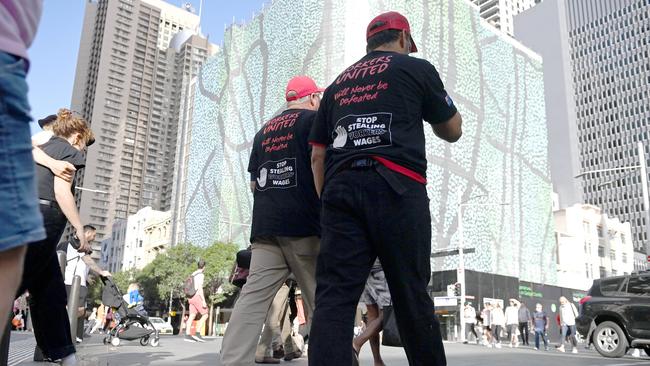
So what are the numbers that have so worried our top economic officials? The most commonly used measure of productivity is drawn from the national accounts, and is measured by the change in GDP per hour worked.
While measuring productivity is a source of ongoing academic debate, this labour productivity equation is simple: the output per unit of labour input. If you make more widgets from the same number of working hours, you have become more productive.
The national accounts show the economy is 7.2 per cent bigger than at the end of 2019 – a good performance considering the massive disruptions of the Covid-19 lockdowns, and much better than many other advanced countries.
Yet e61 Institute research director Dan Andrews says this world-beating performance has been “the result of perspiration, rather than inspiration”.
This is clear in the Australian Bureau of Statistics data, which shows that of that 7.2 per cent increase, 6.5 per cent can be explained through Australians working more hours now than pre-pandemic.
That leaves a cumulative 0.7 per cent increase in GDP per hour over three years – a paltry annual average of 0.2. That is a fraction of the already worryingly low 1.2 per cent average annual increase in productivity over the two decades leading up to the health crisis. And it’s lower again than the 1.7 per cent performance in the 20 years before that.
“Our productivity has hardly changed since December 2019; we have flatlined,” Andrews said.
“We’re drawing more people into the labour force, but not creating much more in GDP per hour. This pretty shocking performance over the past three years follows 15 years of structural policy failure.

“It’s pretty striking that Treasury in the budget assumes 1.2 per cent productivity growth. We are a long way away from that. Our growth model was one that relied on population growth to boost growth. Dr Kennedy is very right to point this out.”
The pace of productivity growth was already slowing leading into the pandemic, and had been recording annual increases of below 1 per cent since 2016.
Andrews said locking down the economy and closing borders was a shock from which the economy might not have recovered. Job mobility collapsed and has not recovered. Hundreds of billions in stimulus are still washing around the system, keeping some businesses afloat when perhaps they should have gone under.
There could be scarring of local supply chains, and the jury is out on the impact of working from home. “On the one hand, the pandemic accelerated digitalisation, and created new ways of working and doing business, which can be good for productivity,” he said.
“On the other hand, it’s essentially led to us being more risk-averse and building more redundancy into the system, whether by stockpiling medicines or putting more fat in the healthcare system.”
Mr Andrews said he was “sceptical” that the post-pandemic push for making more stuff here in Australia would be beneficial for productivity.
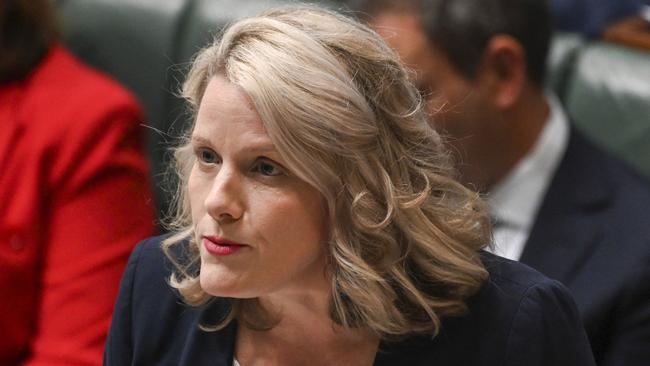
The big questions now are what happens next, and what we can do about it. Andrews, a former senior OECD official, said Home Affairs Minister Clare O’Neil’s review of the country’s migration settings could do a lot to improve productivity by attracting the best and brightest.
He pointed to the positive work Assistant Minister for Competition Andrew Leigh was doing on competition policy, particularly around merger rules, but criticised Labor’s workplace changes, saying they were not backed up by empirical evidence and were likely to work against productivity growth.
“With Labor state governments around the country, there is the opportunity to revive the spirit of national competition policy of the early 1990s, when Paul Keating incentivised states to undertake reforms,” Mr Andrews said.
“One of the barriers at the state level is that the benefits of reform go to the feds in the form of higher income taxes, while the states get the adjustment and implementation costs,” he said.
After being criticised by business groups and the Opposition for not doing enough in the recent budget to boost the country’s economic potential, Jim Chalmers said on Friday it was a “central part” of the government’s agenda.
“We don’t see the answer to our productivity challenge to make people work longer for less,” the Treasurer said.
“We see the answer to our productivity challenge to get better at adapting and adopting technology, to get the energy transformation right, to get skills and training right. We see the productivity challenge is all about investing in people.”



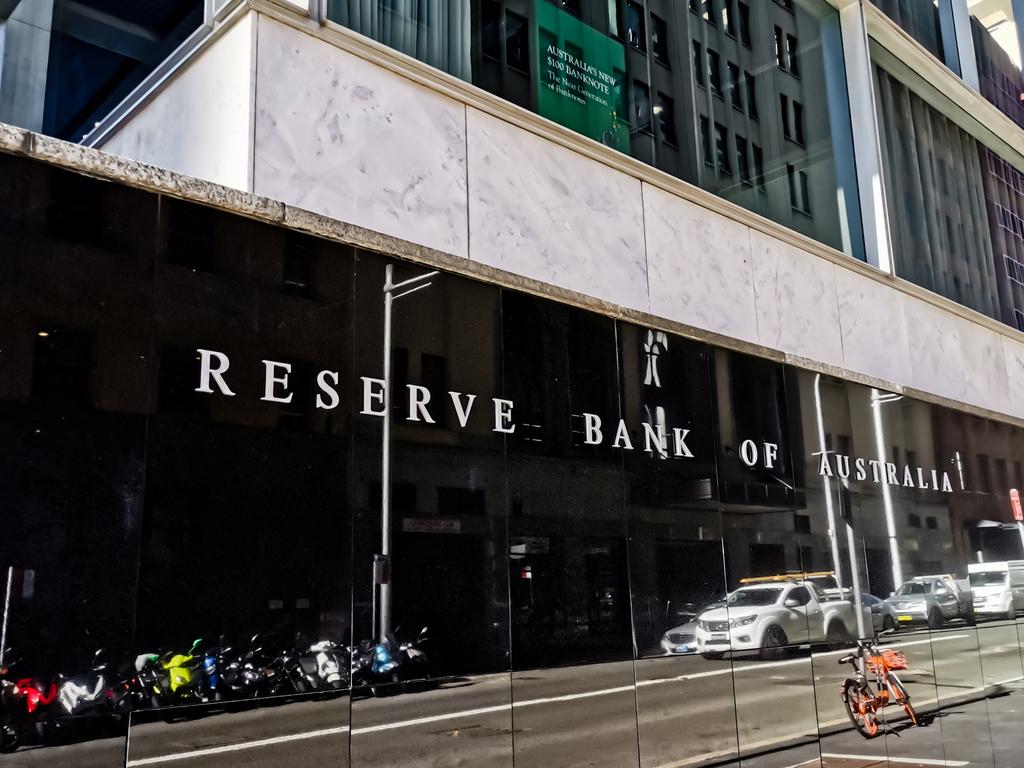
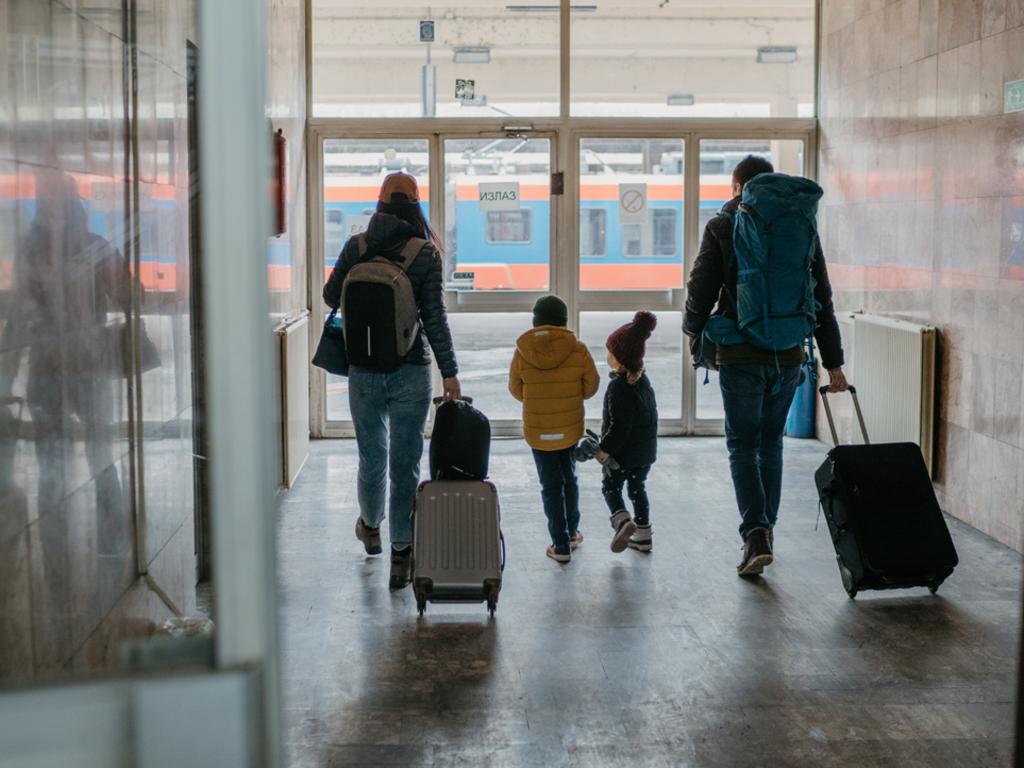


To join the conversation, please log in. Don't have an account? Register
Join the conversation, you are commenting as Logout